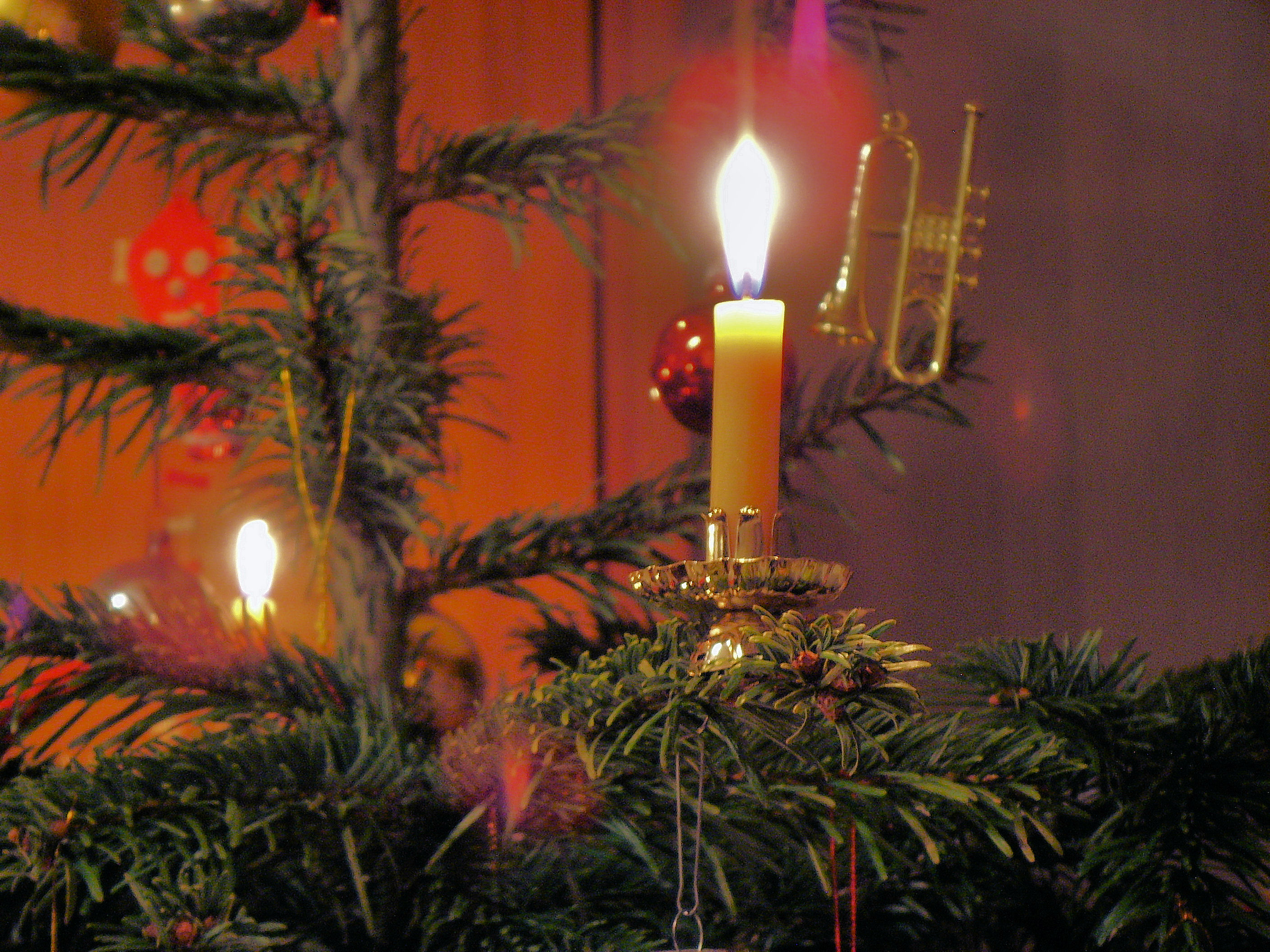
Like the movie-slacker I am, I waited until Christmas Day to go see Rogue One: A Star Wars Story because I don’t care much for long lines and crowded movie theaters.
I’ve been a Star Wars fan since I saw Episode IV: A New Hope in the theater on its first run. I was three years old. Like a lot of old school Star Wars fans, I loved A New Hope (which we always just called Star Wars), and found The Empire Strikes Back to be an even better movie. Return of the Jedi was not as good as the others, but provided us with the answers and closure we needed.
Then sixteen years later the prequels happened and my confidence in the franchise was shaken. After this and Lucas selling the rights to Disney, I was skeptical about Episode VII: The Force Awakens, but it turned out to be a pretty decent reboot from George Lucas’ blunders with episodes I, II, and III. Then with the announcement of Rogue One, I was certainly full of anticipation but was careful not to have too high expectations.
Well, any concerns I had about the quality of this movie were thoroughly assuaged. Rogue One is a brilliant addition to the Star Wars franchise.
It’s Star Wars
Rogue One is a Star Wars story. Unlike the prequels which barely resembled the Star Wars we old-schoolers know and love, and even The Force Awakens to some degree, Rogue One is built from the ground up with the imagery, style and elements of the original trilogy. There are enough Easter eggs and callbacks to the previous films to plant it firmly in the classic Star Wars universe, but done effectively in a manner that didn’t appear cheap or uninspired. Rogue One was more Star Wars than I have seen in years.
It’s a War Movie
Rogue One is a war movie to its core. There’s not a lot of mucking about with deep philosophical themes, political intrigue, romance, or building big mysteries to be revealed in later installments. In fact it resolves some questions we had about aspects of the storyline of A New Hope instead. It’s darker, grittier and more violent than any of those that have come before it. The ground combat scenes are as intense as those in classic war films such as The Thin Red Line, or Full Metal Jacket. The space battle scenes are some of the most epic and action-packed of any of the films.
A Troubled Alliance
I think a lot of times in the past movies it seemed like the Rebel Alliance was a wholly unified and cooperative effort of revolutionaries with only the galaxy’s best interests at heart. In Rogue One we get to see a more nuanced rebellion, a complex network of disenfranchised and dysfunctional systems. We get to see a diverse range of Rebels from senators like Mon Mothma, to radical guerilla fighters, spies of questionable morals, and former imperials.
Darth Vader
The impact of seeing Darth Vader in action again is a quality of the film that can’t be overstated. He doesn’t play a huge role in the story, but it’s a significant one that really makes an impression and builds upon the menacing character we got to know in the original trilogy.
A Deeper Perspective on “A New Hope”
Rogue One takes place over a matter of a few days leading up to the opening scene of “A New Hope.” Multiple loose ends are tied and questions answered that had always lingered from the original story. Perhaps most significantly, the two movies fit together more fluidly than any of the prequels or the original trilogy, or most sequels of any movies. They almost seem like two acts of the same very long movie. It’s hard to walk out of Rogue One and not feel compelled to rewatch A New Hope shortly afterward.
Cons
No movie is flawless and I’m not such a Star Wars fan boy to not admit flaws when they are present. There are a few criticisms worth mentioning. To begin with the first thirty minutes or so of the movie is a little too fast-paced with scenes jumping around so much that it seems disjointed. Fortunately this a rectified and everything becomes clear in the later acts of the film. While Vader’s scenes are dynamic and dramatic, his suit looks a little off. The chain that holds his cape around his neck in all the other movies is absent and his helmet doesn’t seem to fit properly as the neckline sticks out in front of the chest plate too much. It’s a bit distracting and seems inauthentic but it’s the rest of Vader’s scenes are so great it hardly matters. Michael Giacchino’s musical score isn’t quite up to par with John Williams’ masterpieces in the previous films, but it doesn’t detract from the movie in the least.
In many ways Rogue One is the Star Wars movie I have always wanted, but I got the Skywalker prequels instead. Rogue One is well out of the league of the prequels. It’s more intense than The Force Awakens, and a better all-around production than Return of the Jedi. To me, it’s the best movie since The Empire Strikes Back.




